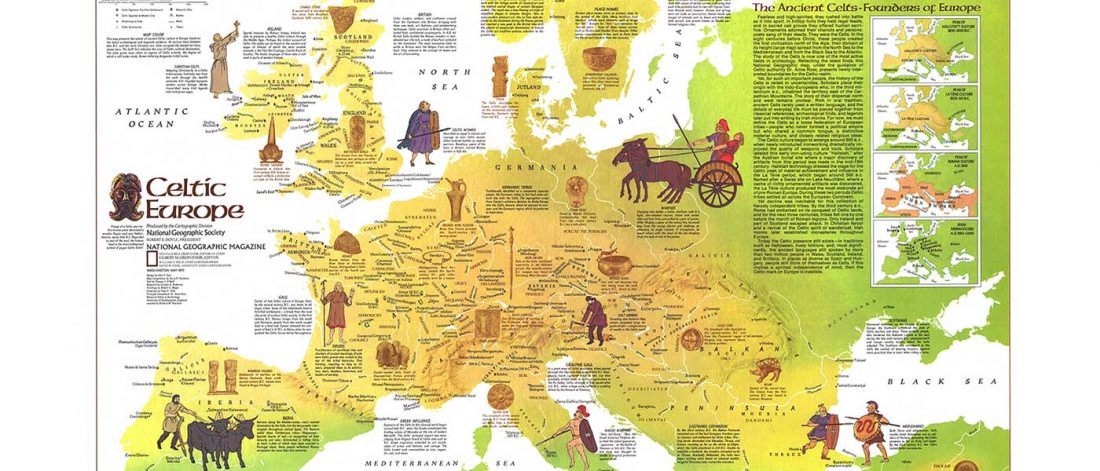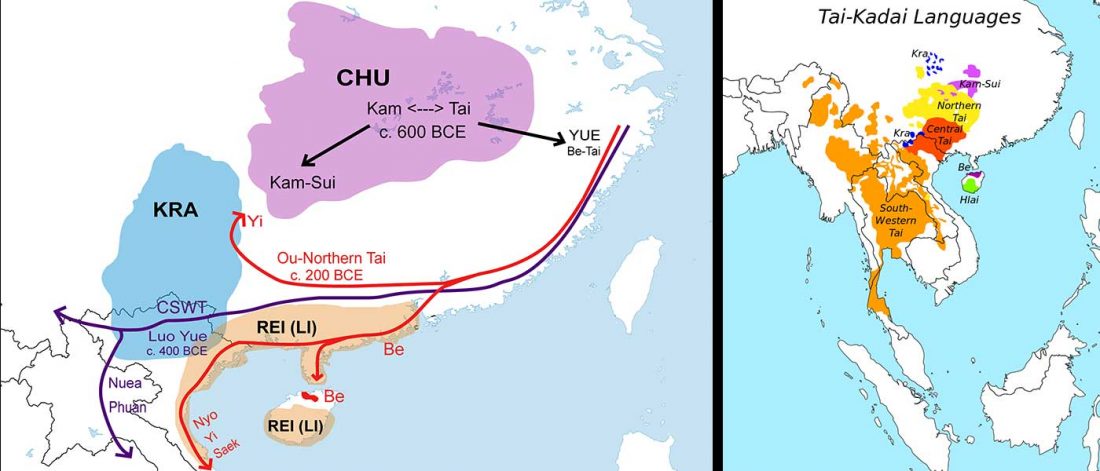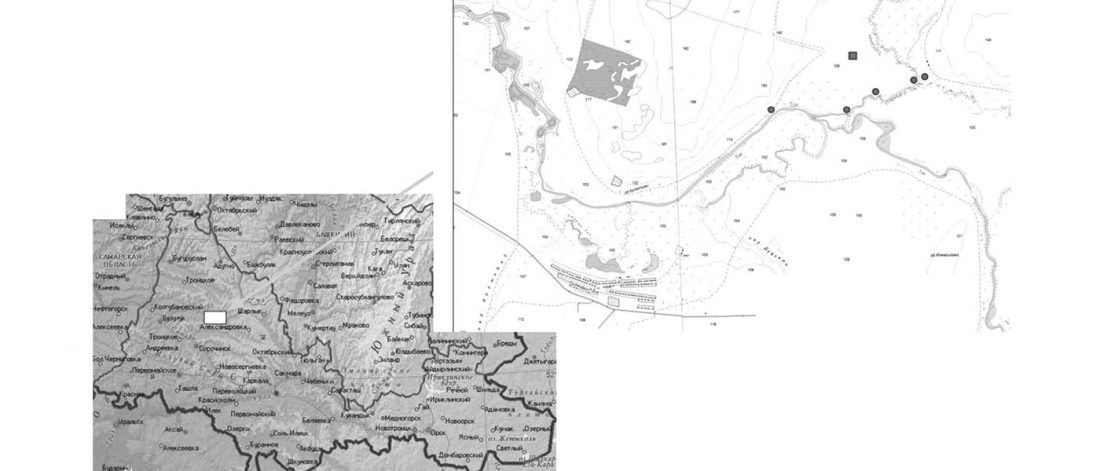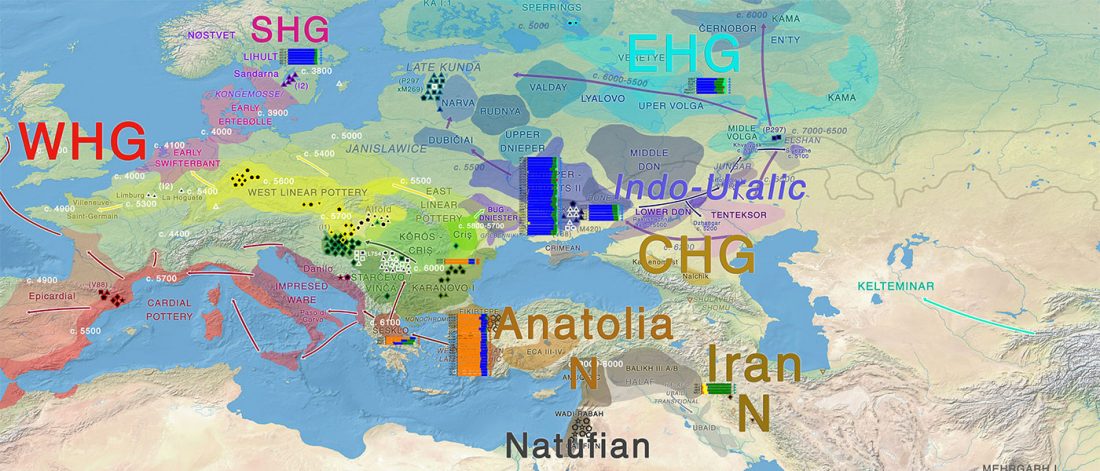Ancient human parallel lineages within North America contributed to a coastal expansion
New paper (behind paywall), Ancient human parallel lineages within North America contributed to a coastal expansion, by Scheib et al. Science (2018) 360(6392):1024-1027.
Abstract:
… Read the rest “Ancient human parallel lineages within North America contributed to a coastal expansion”Little is known regarding the first people to enter the Americas and their genetic legacy. Genomic analysis of the oldest human remains from the Americas showed a direct relationship between a Clovis-related ancestral population and all modern Central and South Americans as well as a deep split separating them from North Americans in Canada. We present 91 ancient human genomes from California and Southwestern Ontario and demonstrate the existence of two distinct ancestries in North








